Researchers in the Department of Physics in Arts & Sciences at Washington University in St. Louis recently completed initial construction on XL-Calibur, a new balloon-borne telescope.
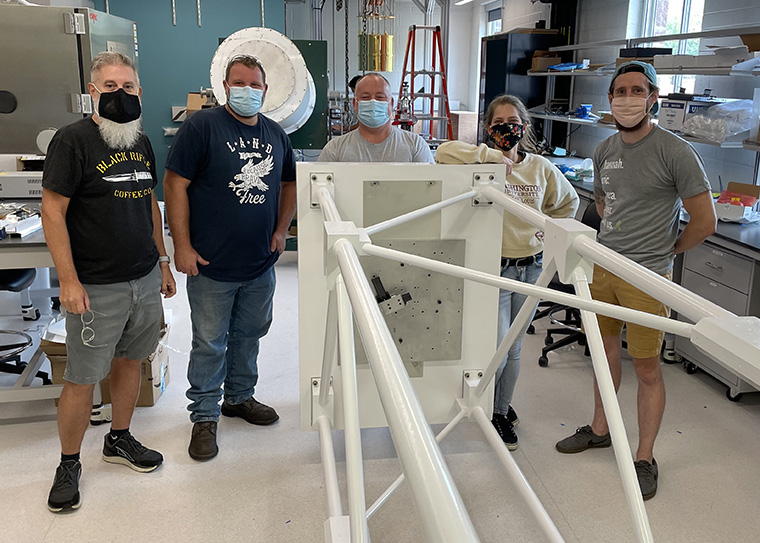
Henric Krawczynski, the Wayman Crow Professor of Physics, is leading a collaboration of 51 scientists from three countries — the United States, Japan and Sweden — on the project. Krawczynski and his group at Washington University developed XL-Calibur and its successful predecessor X-Calibur with the goal of unlocking the secrets of astrophysical black holes and neutron stars — how do they form and grow? How fast do they spin? What strange physical phenomena do they generate?
By looking at the polarization of X-rays emitted from targets like the 14.8 solar mass black hole Cygnus X-1 and the relatively young neutron star in the center of the Crab Nebula, known as the Crab Pulsar, physicists can constrain the geometries of these objects, better understand the complex curved spacetime around them and possibly observe rare quantum effects predicted by quantum electrodynamics.
Krawczynski also anticipates capturing spin measurements for stellar-mass black holes, demonstrating techniques that can later be used to analyze supermassive black holes, which are thought to reside at the center of galaxies.
Lindsey Lisalda and Andrew West, graduate students in Krawczynski’s research group, played major roles in designing and building XL-Calibur and its most important features. Electrical engineer Richard Bose and technicians Dana Braun and Garry Simburger, all in the Department of Physics, also worked closely with Lisalda and West to complete the project.
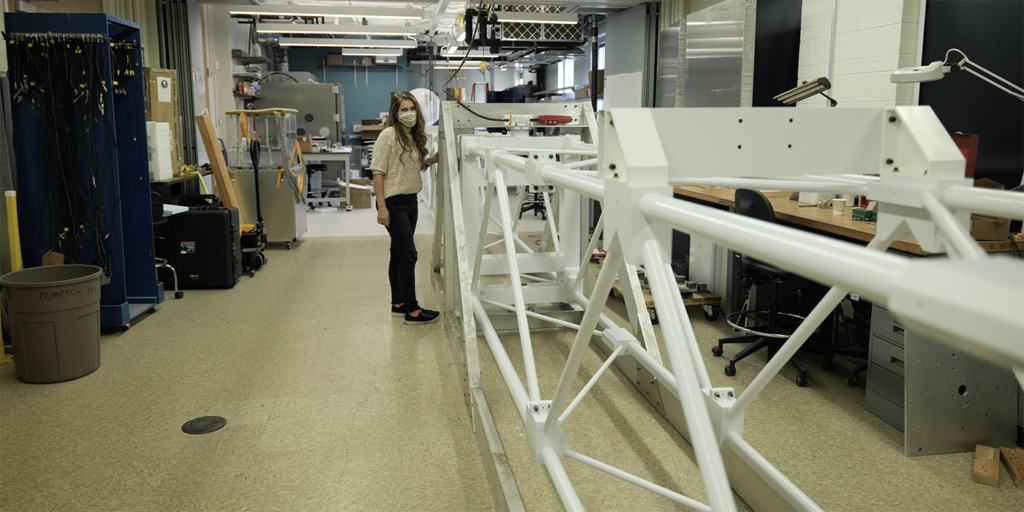
Lisalda collaborated with mechanical engineer Victor Guarino on the design of the optical bench, carefully crafting the carbon fiber and aluminum truss and its joints to be strong enough to withstand forces up to 16 times the force of Earth’s gravity. The optical bench was fabricated in the machine shop at Washington University by Todd Hardt, Kenny Schmidt and Dennis Huelsman.
Earlier this month, the researchers packed up the telescope and shipped it to NASA’s Wallops Flight Facility in Virginia, where it will be fitted with a pointing system and loaded into a gondola that can be suspended under a balloon for flight. The team plans to launch XL-Calibur from the Esrange Space Center in Sweden in April 2022 and from McMurdo Station in Antarctica in 2023.
Read more in The Ampersand about XL-Calibur’s polarimeter, flight control systems and the remaining steps in its journey before launch.
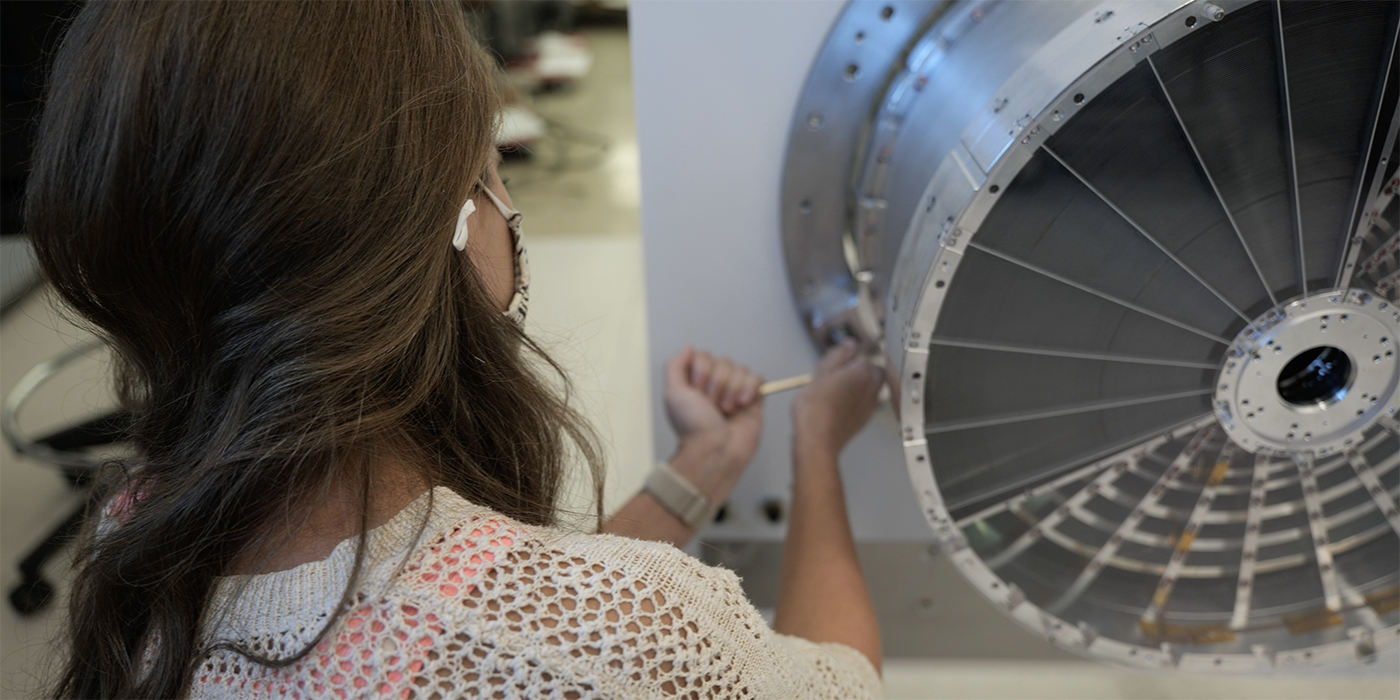
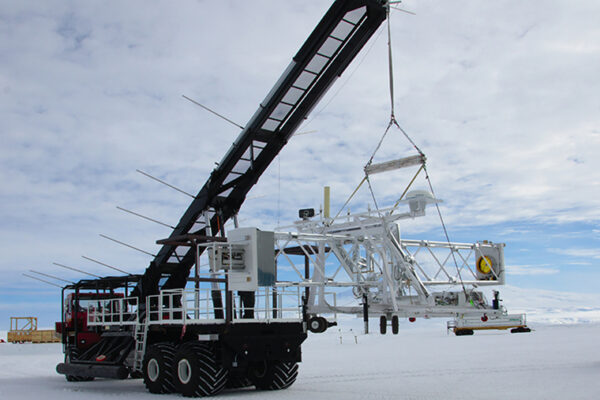
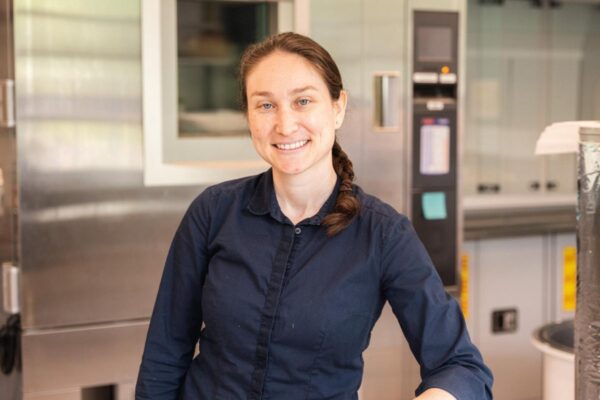
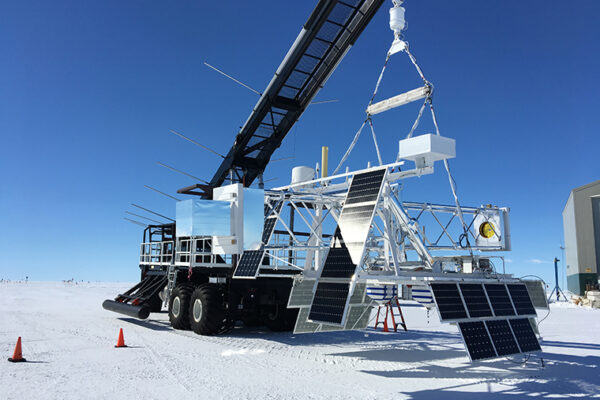
Comments and respectful dialogue are encouraged, but content will be moderated. Please, no personal attacks, obscenity or profanity, selling of commercial products, or endorsements of political candidates or positions. We reserve the right to remove any inappropriate comments. We also cannot address individual medical concerns or provide medical advice in this forum.